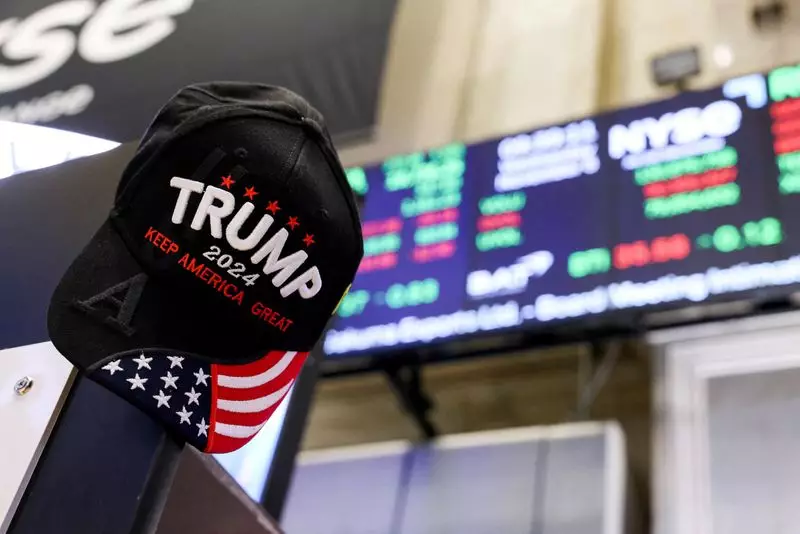The financial markets experienced a notable downturn on Friday, as major indices on Wall Street closed lower, reflecting a climate of investor caution stirred by an array of mixed economic data and earnings announcements. With a busy week of economic reports and a Federal Reserve meeting on the horizon, investors are grappling with conflicting signals, assessing potential impacts on monetary policy.
The technology sector emerged as a significant weight on the overall market performance, particularly influenced by substantial fluctuations in the shares of leading firms. Nvidia, a prominent player in the artificial intelligence chip industry, witnessed a surprising decline, marking a sharp reversal from a previously robust rally early in the week. This decline stretched beyond Nvidia, impacting major tech stocks including Microsoft and Tesla, suggesting a trend of industry-wide vulnerability.
Mixed economic indicators compounded the uncertainty. While the housing sector exhibited stronger-than-anticipated data, indicating ongoing demand, a survey conducted by S&P Global highlighted a reduction in business activity to a nine-month low. This drop in business sentiment juxtaposes the robust hiring reported by several firms, suggesting an economy that, while resilient, faces significant headwinds.
In a further blow to investor confidence, the University of Michigan’s consumer sentiment index registered a decrease, falling from an earlier estimate of 73.2 to 71.1. Such declines often raise red flags about consumer confidence, reflecting a precarious outlook amongst households regarding economic conditions.
Currently, market participants anticipate the Federal Reserve’s next moves. The prevailing bet suggests that the Fed is likely to maintain interest rates during its scheduled meeting on January 28-29, with expectations of a possible rate cut emerging as early as June. The ability of the Fed to adjust its monetary policy effectively amid fluctuating economic indicators remains a principal focus for investors.
Amidst these economic developments, concerns swirl around the potential implications of President Trump’s proposed tariff policies. Investors are wary that these tariffs could exacerbate inflation, thereby complicating the Fed’s ability to enact rate cuts. The rhetoric surrounding trade from the administration suggests a willingness to implement tariffs on key trading partners, including Canada, Mexico, China, and the European Union, without concrete strategies articulated to stakeholders.
The timeline for potential tariff announcements adds to the uncertainty, with Trump indicating major actions might be revealed on February 1, but with promises of more comprehensive plans expected by April 1. Such a backdrop of unpredictability leaves investors on edge, as they await clearer directives on economic strategy.
Despite the overall market decline, certain sectors managed to maintain or even expand their gains. The S&P 500 exhibited a mixed bag of performances over the preceding week, with shares in the communications services sector leading the pack. Utilities also showed strength, driven by significant gains from companies like NextEra Energy, which stood out with an impressive 5.2% rise.
The recent highs achieved by the S&P 500 reflect a broader narrative of recovery fueled by influential statements made at the World Economic Forum, where conversations around tax and interest rate reductions created optimism. However, the downward pressure on the tech sector, particularly through disappointing forecasts from major chip manufacturers like Texas Instruments, illustrates the volatility that accompanies market reliance on technology innovation.
As Wall Street navigates the precarious waters of mixed economic signals, investors are poised for a pivotal week. Upcoming reports on inflation and economic growth coupled with the Federal Reserve’s policy decisions are likely to dictate market sentiment in the short term. The careful balance between navigating robust hiring trends and potential economic slowdown looms large, as does the uncertainty surrounding domestic and international policy maneuvers.
With advancing issues outpacing decliners in the broader market, the current trading conditions encapsulate the duality of opportunity amidst uncertainty. As the next wave of data and policy decisions approach, the financial community must remain vigilant, adapting strategies to align with constantly shifting economic landscapes.

